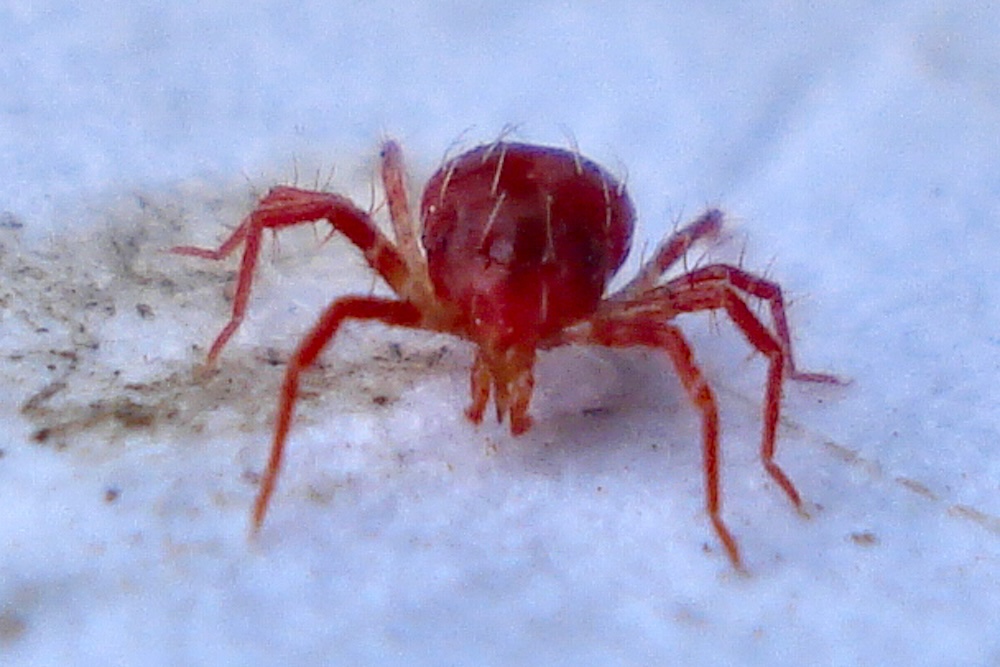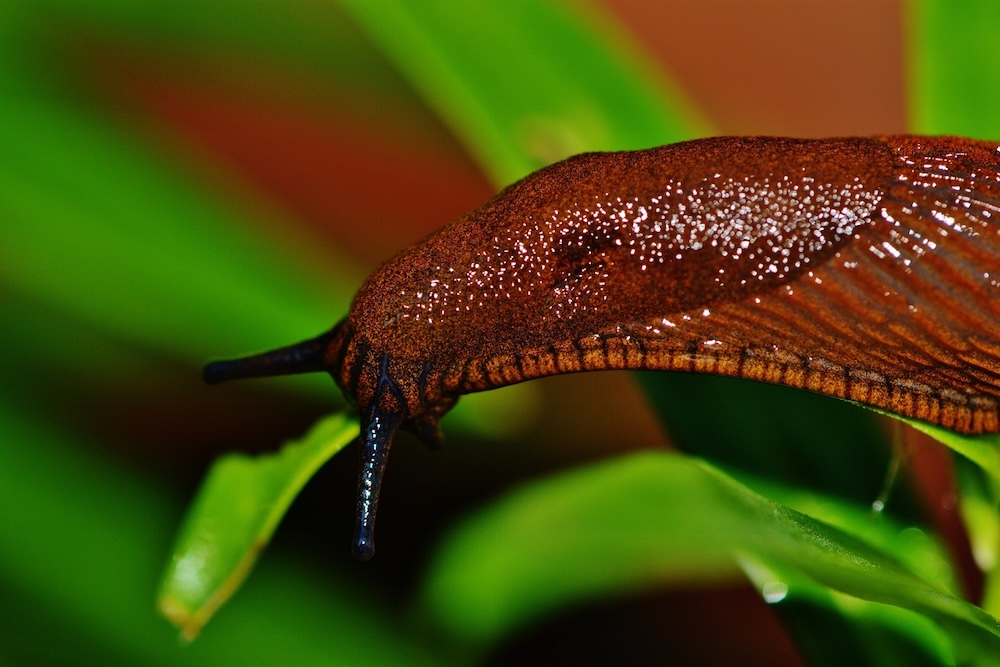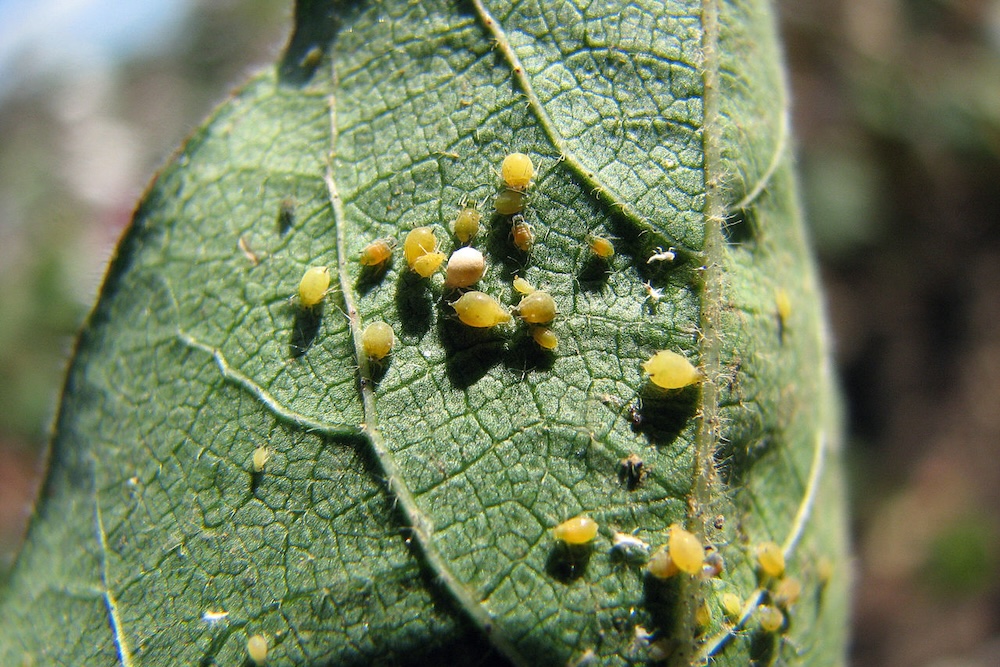These creatures are known to cause significant damage to a variety of plants, turning a once vibrant garden into a landscape of half-eaten leaves and stems.
Using Predatory Mites for Pest Control in Your Garden
Predatory mites, despite their minute size, can make a massive improvement in your garden’s ability to resist pest damage. They’re one of nature’s own pest control agents, preying on various pest insects that can cause substantial damage to our beloved plants.
This article aims to guide you on how to encourage these beneficial organisms in your garden or landscape for effective, natural pest control.

Understanding Predatory Mites
What Are Predatory Mites?
Predatory mites belong to the family Phytoseiidae, a group of tiny creatures that often go unnoticed due to their size. Despite being small, mites easily recognised under a microscope, magnifying glass or hand lens by their pear-shaped bodies with two segments and long legs. Distinguishing between beneficial mites and the types of mites that suck juices out of your plants and make leaves lose their colour can be a bit complex for beginners.
If they have two spots, they’re probably a pest. Predatory mites are voracious eaters, primarily preying on pest mites, thrips, and other small insects. So even if you do have pest mites, leave them be and wait for predators like beneficial mites to make use of the food source.
The Importance of Predatory Mites in the Ecosystem
Predatory mites contribute significantly to the health and diversity of the natural ecosystem. By feeding on pests, they help maintain a balance in the insect population, preventing any one species from becoming overpopulated and causing harm to plants.
Benefits of Predatory Mites in Gardening
Natural Pest Control
Predatory mites offer a natural solution for pest control in the garden. They are particularly effective against spider mites and thrips, which are known to cause significant damage to a variety of plants.
By preying on these pests, predatory mites help to keep their populations in check, safeguarding the health of your plants.
Indicator Species
The presence of predatory mites in your garden can serve as an indicator of a healthy ecosystem. These creatures thrive in environments that are rich in biodiversity and free from harmful chemical pesticides.
So if you spot predatory mites in your garden, it’s a good sign that you’re maintaining a healthy, biodiverse environment.
How to Encourage Predatory Mites
Providing Suitable Habitat and Food
Predatory mites prefer habitats with plenty of leaf litter and organic matter, where they can find shelter and ample food sources. Leaving some areas of your garden undisturbed and allowing leaf litter to accumulate can help attract these beneficial critters.
Additionally, ensuring a variety of plants and prey insects are present can help maintain a steady food supply for the mites.
Avoiding Harmful Pesticides
Many systemic, non-targeted pesticides can harm predatory mites, reducing their numbers and thereby allowing pest populations to increase. Instead, consider using more eco-friendly alternatives, such as horticultural oil, which is less harmful to beneficial insects and mites unless they’re sprayed directly.
Daniel’s Wrap
Predatory mites are invaluable allies in our efforts to maintain healthy, vibrant gardens and landscapes. By providing them with suitable habitats and avoiding harmful pesticides, we can encourage their presence and benefit from their natural pest control abilities.
Whether you’re an experienced gardener or a professional landscape expert, we hope you’ll start implementing the advice provided in this blog and see the benefits of these fascinating creatures in your own green spaces.




This Post Has 0 Comments